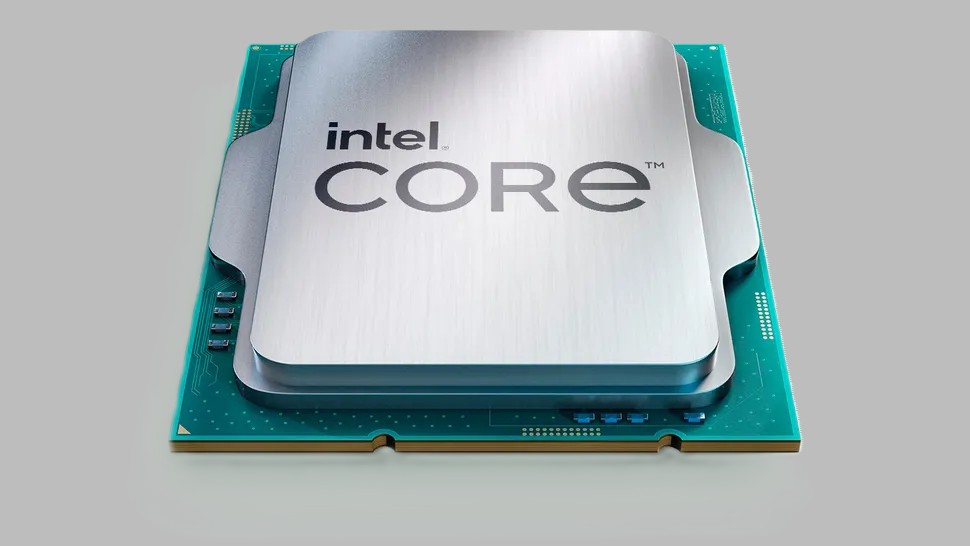
Intel's upcoming Arrow Lake processors are set to introduce a notable change in thermal management, according to renowned overclocker Der8auer. The new LGA 1851 socket, which will house these next-generation CPUs, reportedly features a relocated hotspot compared to its LGA 1700 predecessor.
Der8auer, posting on the Overclock forums, revealed that the primary heat-generating area of Arrow Lake chips has moved "quite a bit further north" relative to the previous Alder Lake and Raptor Lake designs. This shift in thermal dynamics is prompting cooling experts to reconsider their approach to CPU cooling solutions.
The implications of this change are particularly relevant for high-performance cooling systems. Der8auer and his team are already developing new water blocks specifically tailored to Arrow Lake's thermal characteristics. These new designs will likely feature a repositioned cooling center to better address the relocated hotspot.
For optimal performance, Der8auer suggests that water blocks for Arrow Lake should have the input port positioned on the northern side of the integrated heat spreader (IHS) and the output port on the southern side. This configuration is expected to provide the most effective heat dissipation for the new CPU design.
While this information is particularly pertinent for enthusiasts and overclockers seeking maximum thermal efficiency, it's unclear whether standard air coolers and all-in-one liquid coolers will require significant redesigns. However, the possibility remains that all types of coolers could benefit from adjustments to better accommodate Arrow Lake's thermal profile.
Despite these changes, compatibility between LGA 1700 and LGA 1851 coolers is expected to be maintained. Users will likely only need to update their mounting kits to account for different mounting pressures. This means that existing LGA 1700 coolers should still function with Arrow Lake processors, even if they don't offer the absolute peak in cooling performance.
As Intel prepares to launch its Arrow Lake lineup, we can expect to see cooling manufacturers unveiling new products designed to maximize the potential of these next-generation processors. For PC enthusiasts and overclockers, these developments promise exciting opportunities to push the boundaries of CPU performance.